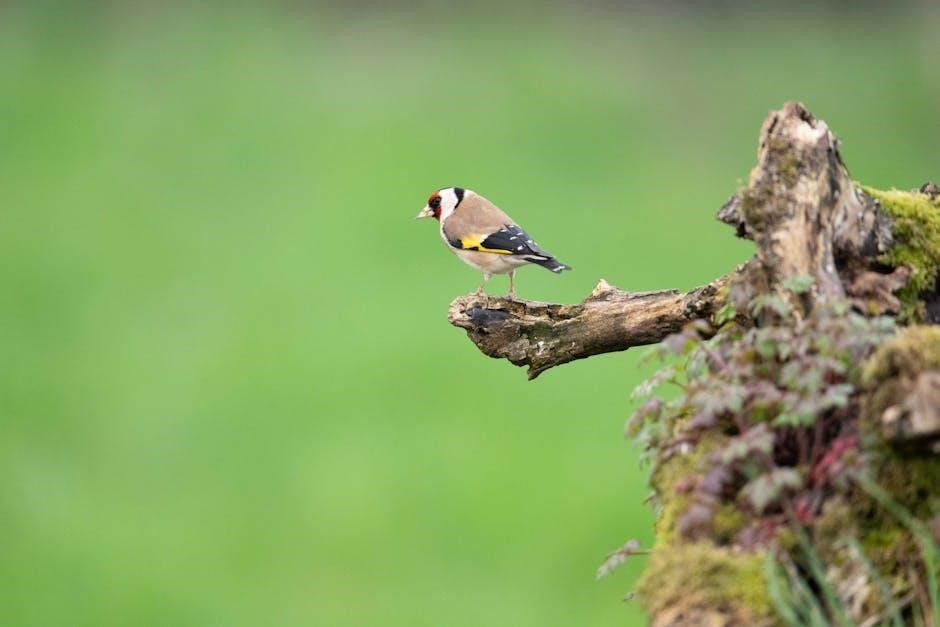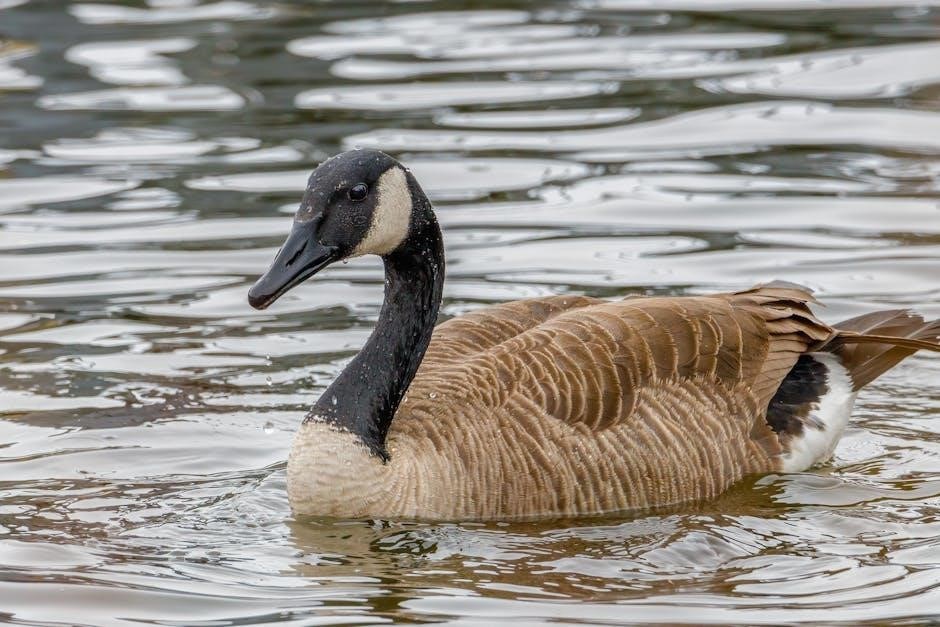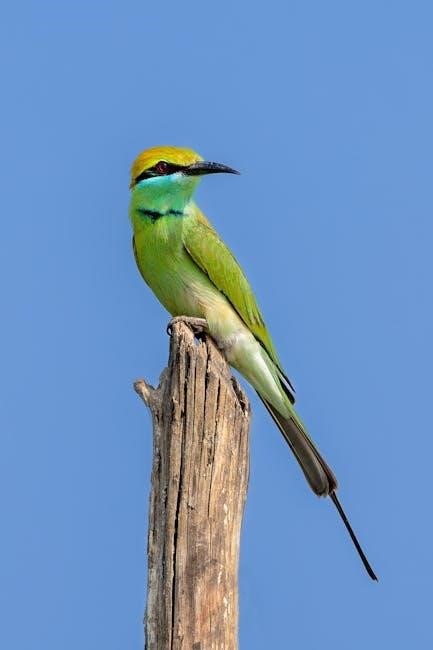the guide to troubled birds
Understanding troubled birds requires knowledge of their behavior and socialization, using
- ordered lists
to identify problems, and providing proper care to promote healthy development and happiness always matters greatly online.
Understanding Bird Behavior Problems
To address bird behavior problems, it is essential to understand the underlying causes of these issues, using various resources and consulting with experts in the field of avian behavior. By recognizing the signs of troubled birds, owners can take proactive steps to prevent and resolve problems, promoting a healthier and happier relationship between birds and their owners. This involves learning about normal bird behavior, socialization, and environmental factors that can impact a bird’s well-being. Understanding bird behavior problems also requires knowledge of different species and their unique characteristics, as well as the ability to identify potential triggers of behavioral issues. By taking a comprehensive approach to understanding bird behavior problems, owners can provide their birds with the care and attention they need to thrive, using
- ordered lists
and
- unordered lists
to organize information and develop effective solutions. This guide provides valuable insights and practical advice for addressing bird behavior problems, helping owners to create a more harmonious and fulfilling environment for their feathered friends.

Common Bird Behavior Problems
Birds exhibit various behavioral issues including screaming, feather plucking, and aggression, requiring
- ordered
solutions to address these problems effectively always online.
Excessive Screaming and Vocalization
Excessive screaming and vocalization are common issues in birds, with loud noises causing disturbance to owners and neighbors, and can be a sign of underlying emotional problems or boredom. Birds use vocalization to communicate with their flock, and pet birds may continue this behavior to get attention from their owners. Identifying the root cause of the screaming is crucial to addressing the problem, and
- ordered lists
can be used to track the bird’s behavior and identify patterns. Providing adequate socialization and mental stimulation can help to reduce excessive screaming and vocalization, and create a more harmonious environment for both the bird and its owner. By understanding the reasons behind the screaming, owners can take steps to address the issue and promote a healthier and happier bird. Using positive reinforcement techniques can also help to encourage desired behaviors and reduce undesirable ones.

Causes of Bird Behavior Problems
Various factors, including environmental and social issues, can contribute to problems, using
- lists
to identify causes always matters greatly online every single day naturally.
Addressing the Root Cause of the Problem
To address the root cause of the problem, it is essential to identify the underlying issue, using observation and record-keeping to track changes in behavior, and then develop a plan to address it, which may involve modifying the bird’s environment, social interactions, or providing additional stimulation to prevent boredom and stress, and it is crucial to work with an avian veterinarian or a qualified bird behaviorist to determine the best course of action, and to rule out any underlying medical issues that may be contributing to the problem, and by addressing the root cause, it is possible to prevent further problems from developing, and to help the bird lead a happy and healthy life, with a strong focus on prevention and education, and by providing the right tools and resources, and using
- ordered lists
to identify key factors.

Identifying Symptoms of Bird Behavior Problems
Recognizing symptoms involves observing changes in behavior and physical condition, using
- lists
to track signs, always online.
Recognizing Physical Signs of Distress
Recognizing physical signs of distress in birds is crucial for their well-being, using online resources and
- ordered lists
to identify problems, such as changes in appetite or droppings, and observing their overall health.
By monitoring their behavior and physical condition, owners can detect early warning signs of distress, including feather plucking or self-mutilation, and take prompt action to address the issue, consulting with avian veterinarians for professional advice and guidance.
Regular observation and record-keeping can help owners track changes in their bird’s behavior and physical condition, enabling them to respond quickly and effectively to any signs of distress, and provide the necessary care and attention to promote their bird’s health and happiness, using
- unordered lists
to note important details.

Treatments for Troubled Birds
Using therapy and training methods to help troubled birds always matters greatly online every day.
Behavioral Therapy and Training for Stressed Birds
Behavioral therapy and training are essential components of treating stressed birds, using techniques such as clicker training and positive reinforcement to encourage desired behaviors.
Through consistent and patient training, owners can help their birds manage stress and develop healthier habits, including socialization and interaction with their environment.
A well-structured training program can also help to address specific behavioral issues, such as feather plucking or excessive screaming, by identifying and addressing the underlying causes of these problems.
By working with a qualified trainer or behaviorist, owners can develop a customized training plan that meets the unique needs of their bird, and helps to promote a happier and healthier relationship between bird and owner, using various methods and
- ordered lists
to track progress and identify areas for improvement, and providing a sense of calm and well-being for the bird.
This approach can be highly effective in reducing stress and promoting overall well-being in birds, and can be adapted to meet the specific needs and circumstances of each individual bird, with the goal of creating a more harmonious and balanced relationship between bird and owner, and improving the quality of life for the bird.










Leave a Comment